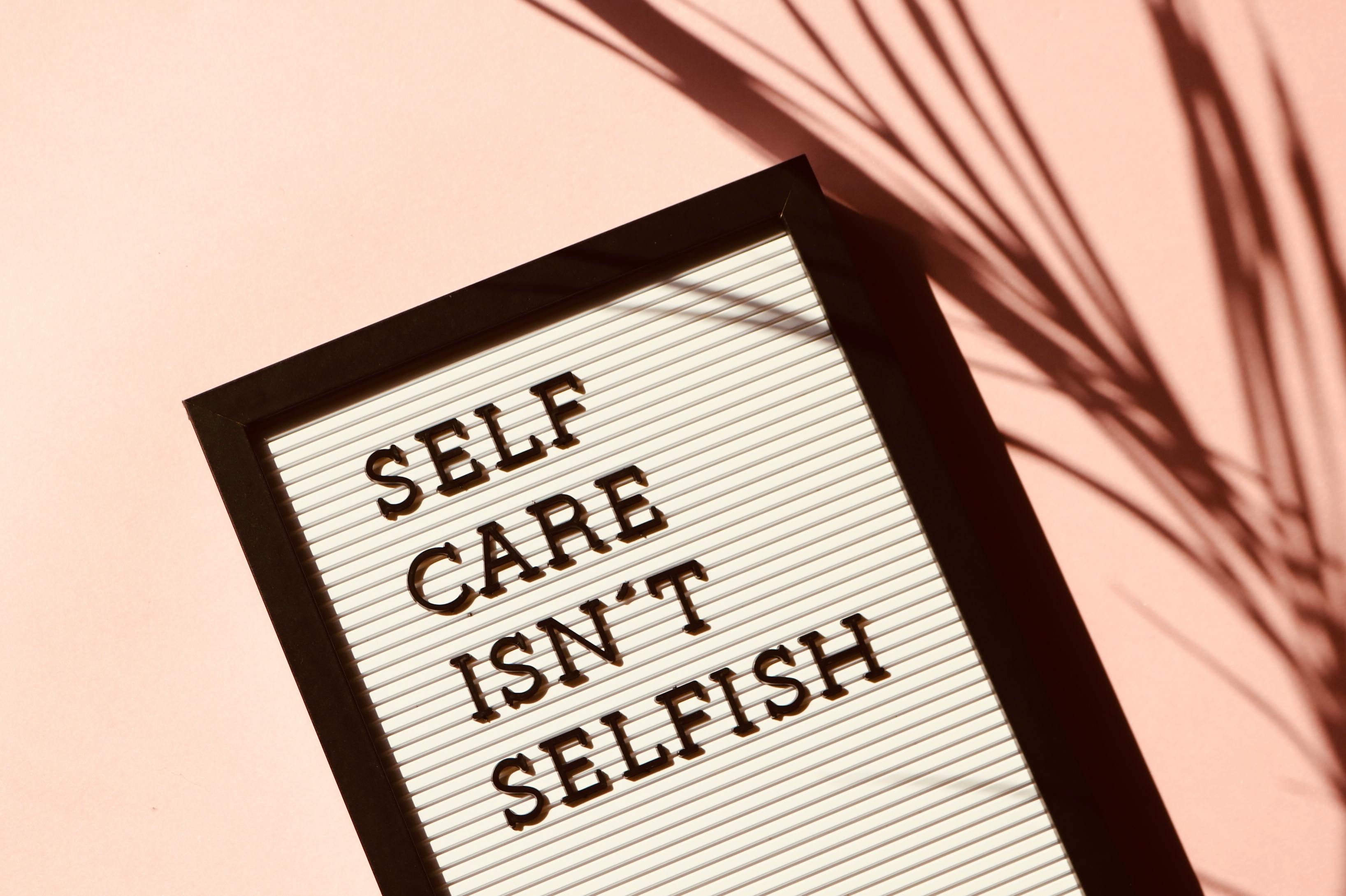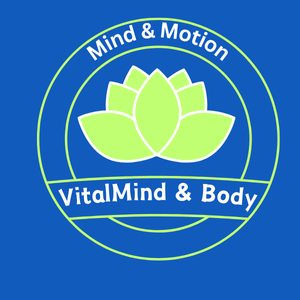
The Power of Micro-Habits
The Power of Micro-Habits: How Small Daily Changes Can Lead to Big Health Improvements
In the quest for better health and wellness, many people set ambitious goals such as losing a certain amount of weight, exercising every day, or completely overhauling their diet. While these goals are admirable, they can often be overwhelming, leading to burnout and failure. However, there’s a more manageable approach that yields significant results over time: micro-habits.
Micro-habits are tiny, easily achievable actions that, when repeated consistently, can lead to profound changes in overall health and well-being. By incorporating small, simple habits into daily life, you can create a ripple effect that transforms your routines, behaviors, and mindset. Here’s how the power of micro-habits can improve your health and how to start incorporating them into your life.
1. What Are Micro-Habits?
Micro-habits are small actions or behaviors that take very little time and effort to perform but, when repeated consistently, can create meaningful changes in your life. Unlike traditional habits that require significant effort, time, or willpower to sustain, micro-habits are designed to be so small and simple that they are almost impossible not to do.
For example, a traditional habit might be to exercise for 30 minutes a day, while a micro-habit would be to do one push-up each morning. The idea behind micro-habits is to start so small that there is no resistance to doing the action. As these tiny actions become part of your daily routine, they can be expanded into larger habits over time.
2. The Science Behind Why Micro-Habits Work
Micro-habits leverage behavioral science principles that make it easier to form lasting habits. One of the key reasons they work is due to their simplicity and low barrier to entry. Because the actions are so small, there is little need for motivation or willpower, making it easier to maintain consistency.
- The Power of Small Wins: Accomplishing even the tiniest goal releases dopamine, a neurotransmitter associated with pleasure and reward. This creates a positive feedback loop that motivates you to continue.
- Habit Stacking: Micro-habits can be easily combined with existing habits, a technique known as "habit stacking." For instance, if you already brush your teeth every morning, you could add a micro-habit of doing a one-minute meditation immediately afterward.
- Incremental Progress: Since micro-habits are simple, they allow for steady and consistent progress. Over time, these small steps compound, leading to significant changes in behavior and results.
3. Examples of Micro-Habits for Better Health
Integrating micro-habits into daily life can be a powerful way to improve your health. Here are some examples of small changes that can make a big impact:
A. Micro-Habits for Physical Health
- Drink a glass of water every morning: Starting your day with hydration helps wake up your body and supports metabolism.
- Stretch for one minute before bed: This simple practice can help reduce muscle tension and improve sleep quality.
- Take a deep breath before eating: This can reduce stress levels and improve digestion by activating the parasympathetic nervous system.
B. Micro-Habits for Mental Health
- Write down one thing you’re grateful for each day: Practicing gratitude has been shown to boost happiness and reduce anxiety.
- Spend one minute in silence: A quick mindfulness break can help reset your focus and reduce stress.
- Compliment one person daily: This not only boosts your mood but also enhances your social connections.
C. Micro-Habits for Productivity
- Organize one item on your desk each day: Small acts of organization can help create a more productive work environment.
- Start your day with a single task: Completing one small task first thing in the morning can build momentum for the rest of the day.
- Limit social media usage to five minutes per hour: Setting small limits helps reduce distractions without feeling too restrictive.
4. How to Start Building Micro-Habits
The key to effectively implementing micro-habits is to start small, remain consistent, and gradually build on your progress. Here’s a step-by-step guide on how to do it:
A. Identify a Desired Outcome
Choose an area of your life you’d like to improve. It could be physical health, mental well-being, or productivity. Think about the long-term goal you want to achieve and break it down into the smallest possible action you can take.
B. Make It Ridiculously Easy
Your micro-habit should be so simple that it takes almost no effort to do. The goal is to make it easy enough that you can’t say no. For example, if you want to start exercising, your initial micro-habit could be doing just one jumping jack each day.
C. Tie It to an Existing Habit
Link your micro-habit to something you already do regularly, such as brushing your teeth, making coffee, or commuting. This helps create a routine and ensures that you don’t forget to do it.
D. Track Your Progress
Use a simple tracking method, like a calendar or habit-tracking app, to check off each day you complete your micro-habit. Tracking helps build accountability and motivation.
E. Gradually Increase the Habit
Once your micro-habit has become a natural part of your routine, you can slowly increase its duration, intensity, or complexity. For example, you could go from one minute of stretching to three minutes, or from writing one line in a journal to writing a paragraph.
5. The Long-Term Benefits of Micro-Habits
Micro-habits may seem insignificant at first, but their long-term benefits can be profound. By making tiny, consistent changes, you can experience the following advantages:
A. Improved Consistency
Since micro-habits are easy to maintain, they help build consistency. The more consistent you are with small habits, the more likely you are to achieve your larger goals.
B. Enhanced Self-Discipline
Micro-habits can strengthen your self-discipline over time. By starting with tiny actions, you train yourself to commit to habits daily, making it easier to adopt larger habits in the future.
C. Reduced Stress and Anxiety
Micro-habits reduce the overwhelm often associated with major lifestyle changes. Instead of feeling pressured to do too much, you focus on achievable steps that gradually lead to bigger improvements.
D. Compound Growth
Just like money grows through compound interest, habits grow through compound behavior. Small, repeated actions accumulate over time, resulting in significant changes in your health, productivity, and happiness.
Conclusion: The Power Lies in the Small Steps
When it comes to improving your health and wellness, it’s often the small, consistent actions that make the biggest difference. Micro-habits are a powerful way to build positive routines without overwhelming yourself. By starting small, remaining consistent, and gradually building on your progress, you can achieve lasting change that leads to a healthier, more fulfilling life.
The power of micro-habits lies in their simplicity and consistency. Instead of setting lofty goals that are hard to maintain, embrace the small changes that fit seamlessly into your daily life. These tiny actions may not seem impactful on their own, but together, they can help you reach your bigger aspirations and live a healthier life.
